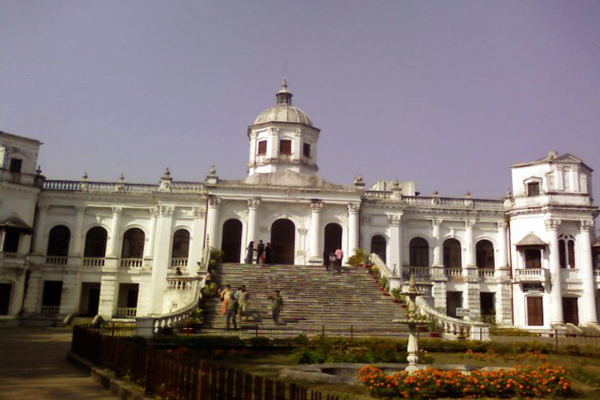Rajshahi District, Bangladesh
The previous name of the region was
“Barendravhumi”. Rajshahi district was a part of Pundrubardhan of the ancient Banga
State. The capital of Vijoy Sen was located 9 miles away to the west of
Rajshahi town. Indigo resistance movement spread over Rajshahi during 1859-60.
During the mass upsurge in 1969 Dr. Shamsuzzoha, a prominent professor of
Rajshahi University was killed when the great soul stood forward to protect his
students. Rajshahi district was established in 1772. Maldaha, Bogra, Pabna,
Natore and Nawabganj districts were established dividing this district. The Geo
position of the district is between 24˚07’ to 24˚43’
North latitudes and between 88˚17’ to 88˚58’
east longitude.
Rajshahi District Bordered By
Rajshahi District is bordered by Naogaon district to
the north, Kushtia district, West Bengal (Indian State), and the Ganga River to
the south, Natore district to the east and Chapai Nawabganj district to the
west.
Administration: The area of Rajshahi is 2425.37 Sq Km. It is a
divisional Headquarter also. There are a city corporation 14 Municipalities in Rajshahi
named Kesharhat, Bagha, Arani, Tanore, Katakhali, Mundumala, Charghat, Noahata,
Godagari, Puthia, Durgapur, Bhabaniganj, Kakanhat and Tahirpur. The number of
Upazilla (sub- district) in Rajshahi district is 13, named- Patia, Paba,
Rajpara, Bagmara, Tanore, Boalia, Mohonpur, Charghat, Bagha, Godagari,
Durgapur, Motihar and Sah-Makhdum containing 71 Unions, 1393 Mauzas and 1727
Villages outside of metro area.
Rajshahi District Population
The total population of Rajshahi district is 29,15,009. Sex ratio is 102:100, Population
Density 1202/Sq Km and annual growth rate is 1.00%.
Literacy: The Literacy Rate of Rajshahi district is 53.00%
(Male- 55.80% and Female- 50.10%). School attendance rate is 58.90% for 5 to 24
years age group.
Other Important
Data: The postal code of Rajshahi
district is 6000 and NWD Code is 0821. Total Parliament seat in Rajshahi is 06.
During the liberation war, Rajshahi was under Sector Number 07. Urbanization
rate of the district is 32.93%.
Rivers: Padma, Jamuna, Atrai, Mohanonda, Gur, Musakhan,
Nandakuja Gumani, Norod, Boral etc.
Agro Products:
Mango, Paddy, Jute, Sugarcane, Litchi, Pulse, Wheat, Tobacco, Peanuts, Betel, Betel- Nuts
etc.
Remarkable Personalities from Rajshahi District
Abdul Ahad, Abul Hasanat,
Mohammad Kamruzzaman, Charu Mazumder, Dhirendra Nath Sarker, Monjur Morshed
(Literate Personality), Shelina Hossain (Literate Personality), Tarikul Islam,
Mirza Yousouf Ali, Ayen Uddin, Hazrat Shah Mokhdum (R), A. H. M. Kamruzzaman
(Politician), Martyr Prof. Samsuddoha, Mir Azizur Rahaman (Poet), Endru Kishor
(Singer) etc.






